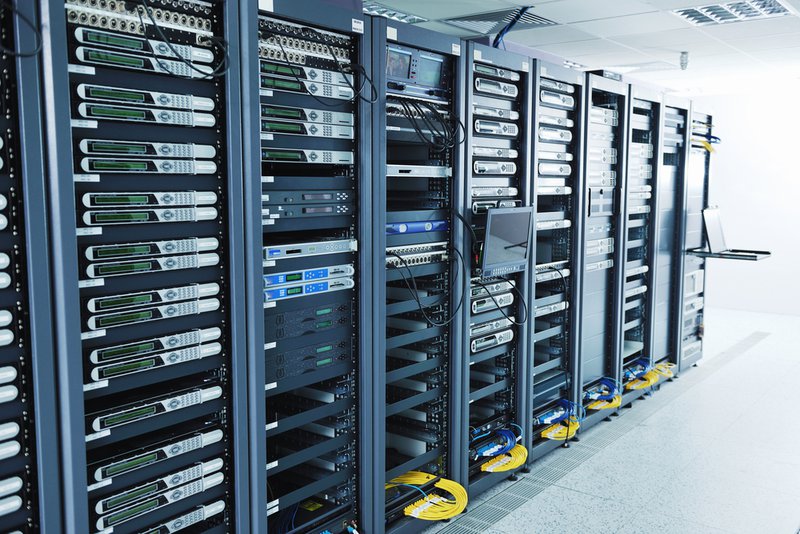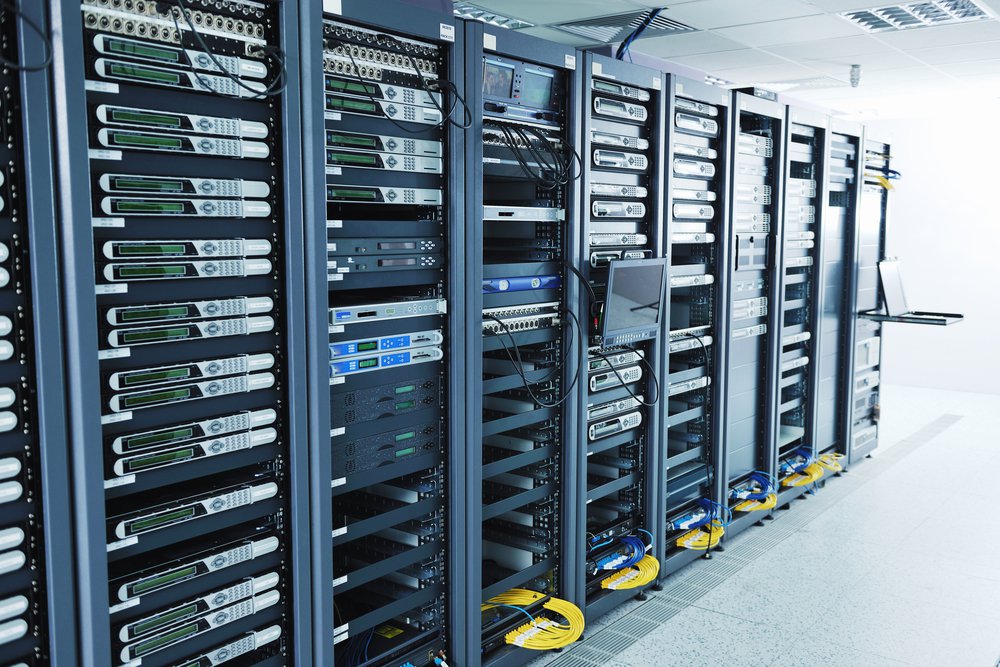Data center technology continues to advance at a rapid pace—promising many exciting developments on the horizon for 2024. This is also good news for businesses and organizations that rely heavily on data storage. In fact, legacy data center technologies are under pressure to consider their own limitations in the near future. This comes as tech experts predict that existing storage models may begin to struggle handling data volumes as early as 2025.
Emerging data center solutions will create exciting new capabilities by improving efficiency, expanding storage capabilities, and automating processes. This article highlights four advancements in data center technology that are set to make waves in the near future.

1. AI in Data Centers: Revolutionizing Efficiency
Artificial intelligence (AI) has taken major strides in recent years. Today, businesses are utilizing it for applications ranging from predictive analytics to resource allocation and operational efficiency. With respect to data center technology, AI is a promising driver of predictive maintenance. Furthermore, it’s a tool for reducing server failure rates and improving overall performance.
Emerging AI technologies excel at applying predictive capabilities to monitor data storage and management processes, energy usage, and signs of an impending failure. It’s here that AI and machine learning (ML) tools can harvest and analyze data from sensor networks and system logs in real time. As a result, they’re able to detect emerging trends that point to a possible failure and take preemptive actions to avoid it.
AI can also apply these capabilities to boost efficiency and reduce energy use. For example, algorithms can instantly analyze workload requirements and route them to the servers and resources best positioned to handle them. Moreover, AI is able to dynamically evaluate relationships between energy usage and workloads. As such, it automatically powers down servers when they are not in use, thereby improving data center cooling speed and efficiency.
These cooling and efficiency-boosting capabilities offer an added performance dimension. In fact, relative to the processing demands of conventional data, AI and ML require up to three times as much power density. This means that maximizing the performance and efficiency of data center technology will fast-track AI integration into mainstream computing.
2. Edge Data Centers: Redefining Proximity and Speed
Edge data centers are located on the periphery of networks near the end users they serve. This allows them to draw on the principle of proximity colocation. As such, edge data centers reduce latency by decreasing the amount of time it takes for data to travel from its origin point to its destination. In addition, they deliver highly reliable levels of user connectivity.
Internet of things (IoT) technologies rely heavily on rapid response and processing capabilities. Edge data centers are able to offer these functionalities, reducing network congestion while maintaining optimal levels of system performance.
Additional benefits of edge data center technology include:
- Superior cybersecurity profiles
- Easy scalability
- Low and controllable costs facilitated by pay-as-you-go billing models
Furthermore, edge data centers can mitigate the environmental impacts associated with data processing and storage. They do this by boosting energy efficiency, consuming less power, and occupying a lower overall carbon footprint. Given these benefits, edge data centers have become a prominent feature of the ongoing trend toward modular and micro-modular data center models.
3. Sustainability and Renewable Energy Integration
Data center technology is increasingly oriented toward sustainability. In fact, many tech industry stakeholders have committed to working toward making data centers carbon-free. While this is not yet viable as we head into 2024, experts agree that carbon-free data centers are eminently attainable.
As the industry works toward complete carbon neutrality, a new generation of greener and more sustainable renewable energy models continue to make an impact. These advancements include:
Making better use of natural resources. Data centers are integrating clean and natural sources of electricity at ever higher rates. Solar and wind power account for an escalating share of their power needs. Further improvements are on the horizon as sustainable energy technologies continue to advance
Liquid cooling. Liquid-based data center cooling solutions harness the inherently superior thermal transfer characteristics of water and other fluid-based coolants. Liquid cooling solutions conducts more than 3,000 times as much heat as air cooling and requires less energy.
Air cooling. Although liquid-based approaches to cooling are effective, they also require large quantities of water. With greater stress on water resources, ambient air-cooling advancements have emerged as a strong alternate option. Air-chilled cooling systems create closed cooling loops that dramatically reduce water input needs, while “free cooling” approaches that simply exchange high-temperature internal air with cooler external air are also undergoing efficiency and performance improvements.
Immersion cooling represents a future-proof data center technology. GRC Cooling is a leader in this fast-evolving field, which uses dielectric liquids as a submersion agent for server components and computing hardware. Immersion cooling makes internal air-conditioning unnecessary which, in turn, drastically reduces energy requirements.
4. Security Advancements: Ensuring Data Integrity
Information security is currently in the spotlight as server-room and data-center design strategies advance. Strengthened cybersecurity protocols also help safeguard sensitive information stored in data centers. At present, the growing efficiency of environmental monitoring standards is providing an additional layer of security.
Chip-level security is an important example that illustrates how data center cybersecurity has improved. Used by Google and other major tech companies, chip-level security prevents tampering and makes it far more difficult for malicious actors to compromise a protected device or system.
Data centers can also use microgrids to address physical vulnerabilities, control security costs, and make site security more sustainable. As such, operators are free to invest in their own physical microgrids or incorporate them on site through as-a-service models.
GRC Cooling Supports Superior Levels of Data Center Performance and Sustainability
As we head into 2024, AI and edge-based models, together with sustainability and security improvements, continue to redefine the data center technology landscape. Each of these advancements can benefit from the next-generation data center cooling technologies available from GRC Cooling.
As a practical, cost-effective solution for all data center cooling needs, GRC Cooling serves an international network of major clients. Contact GRC Cooling to learn more about their advanced data center cooling technologies.





